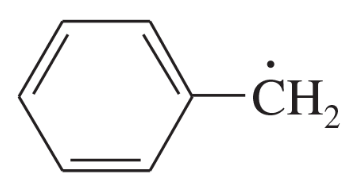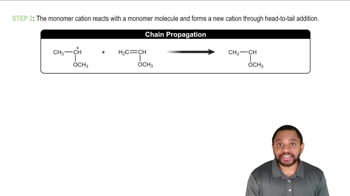Multiple Choice
Which of the following trienes has the lowest heat of hydration (ΔH°hydr)?

 Verified step by step guidance
Verified step by step guidance Verified video answer for a similar problem:
Verified video answer for a similar problem:



 4:31m
4:31mMaster Stability of Conjugated Intermediates with a bite sized video explanation from Johnny
Start learning